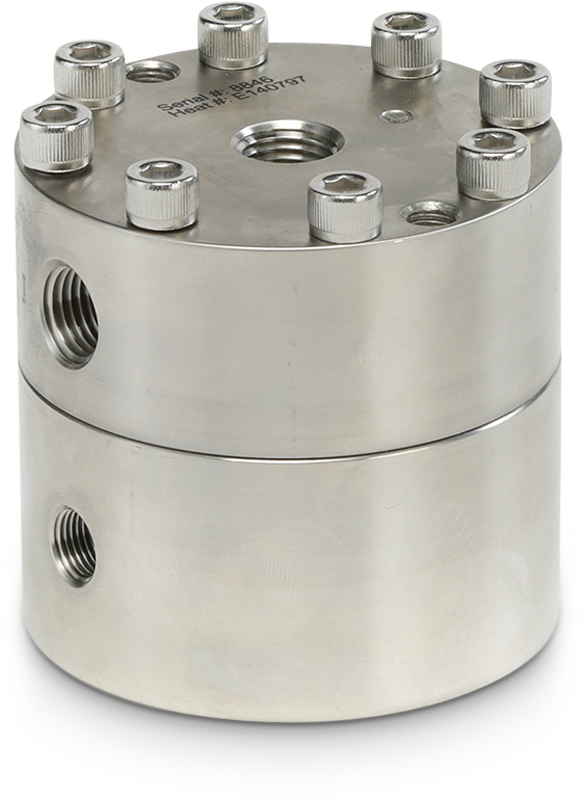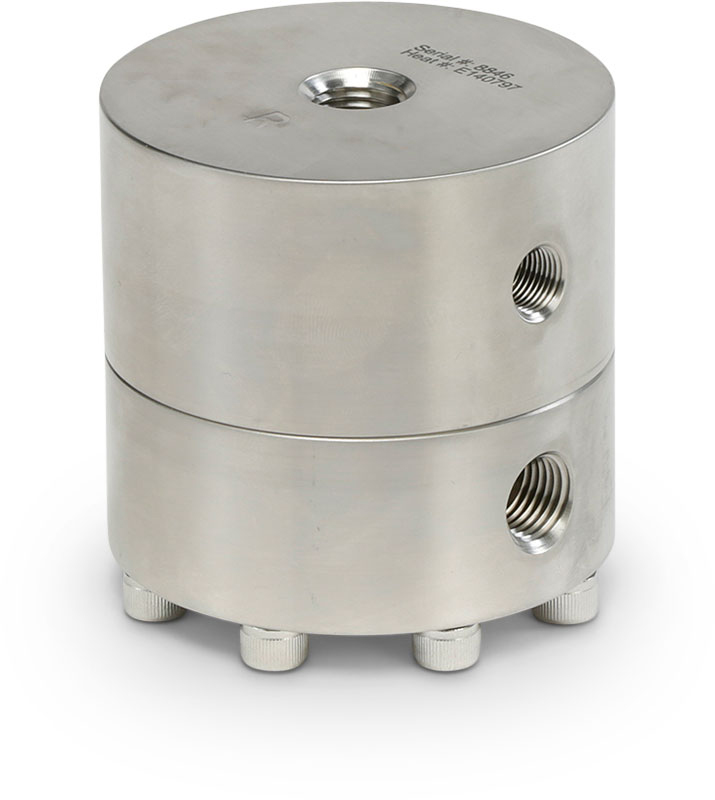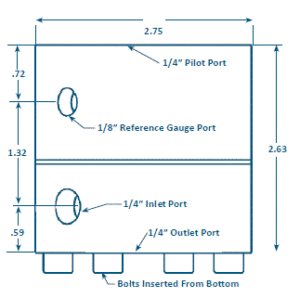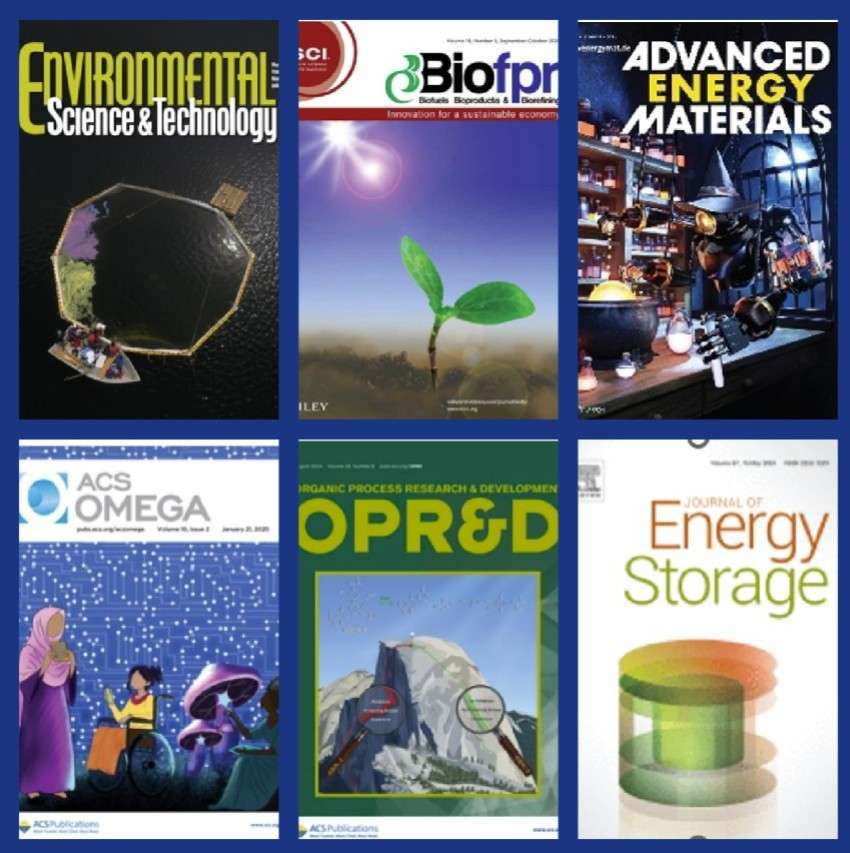Originally introduced by Grove in the 1960’s, the Mity Mite back pressure regulator has been a staple of many fluid control applications, ranging from amateur rocketry to petrochemical research applications. However, in recent years, many customers in the chemical research arena have reported problems with supply and service for these products. In 2015 customers are now faced with the total withdrawal of these products from the market.
For legacy applications that require an exact drop-in replacement, Equilibar is able to meet your needs with replacement diaphragms and BPRs. There are three models with different Cv and pressure ranges.
Details can be found in our Mity Mite brochure or you can contact an Equilibar application engineer for help.
Not Happy With your Mity Mite? Upgrade to Equilibar’s Research Series
Equilibar Research Series back pressure regulators are an excellent candidate for customers using dome-loaded back pressure regulators (BPR’s) such as the Mity-Mite. The Mity-Mite BPR is an excellent control valve and has many successful applications. However, the Equilibar® back pressure regulator offers several distinct advantages over the traditional Mity Mite design:
- Through the use of Kalrez FFKM o-rings, the Equilibar Research Series regulators can operate up to 300C and can be cycled repeatedly without leaks
- Standard designs available to 6000 and 10,000 psig
- Low dead-volume (approximately 0.2 ml) using 1/16″ HPLC tube fittings
- Wide variety of diaphragms available (PTFE, PEEK, SS316L, Hastelloy C276, Polyimide)
- Improved precision, even with two-phase flow
- Equilibar BPRs are available in Hastelloy C and exotic allows such as titanium, zirconium, and PEEK
- BPRs are typically in stock for shipment within one week
While the Mity-Mite and the Equilibar back pressure regulators work in a fundamentally similar way, the unique design of the Equilibar gives it much more sensitivity, especially in the low to medium pressure range. Because the Equilibar diaphragm is thinner and more supple than the Mity Mite, it can be used at very low pressures (less than 1 psig, or in the millibar range). Replacement diaphragms and other spare parts for Equilibar BPR’s are available in as little as 24 hours.
Mity Mite vs Equilibar Head-to-Head Comparison |
| Feature | Mity Mite | Equilibar |
| Dome Loaded Back Pressure Control | • | • |
| Stainless Steel 316 Construction | • | • |
| PTFE Diaphragm | • | • |
| Leak resistance after thermal cycling | | • |
| Superior Two-Phase Flow Capabilities | | • |
| Multi Orifice Design | | • |
| Low Dead Volume Design | | • |
| Temperatures from 150-300C | | • |
| Engineer Direct Customer Support | | • |
| Maximum Pressure Available | 6000 psig | 10,000 psig |








